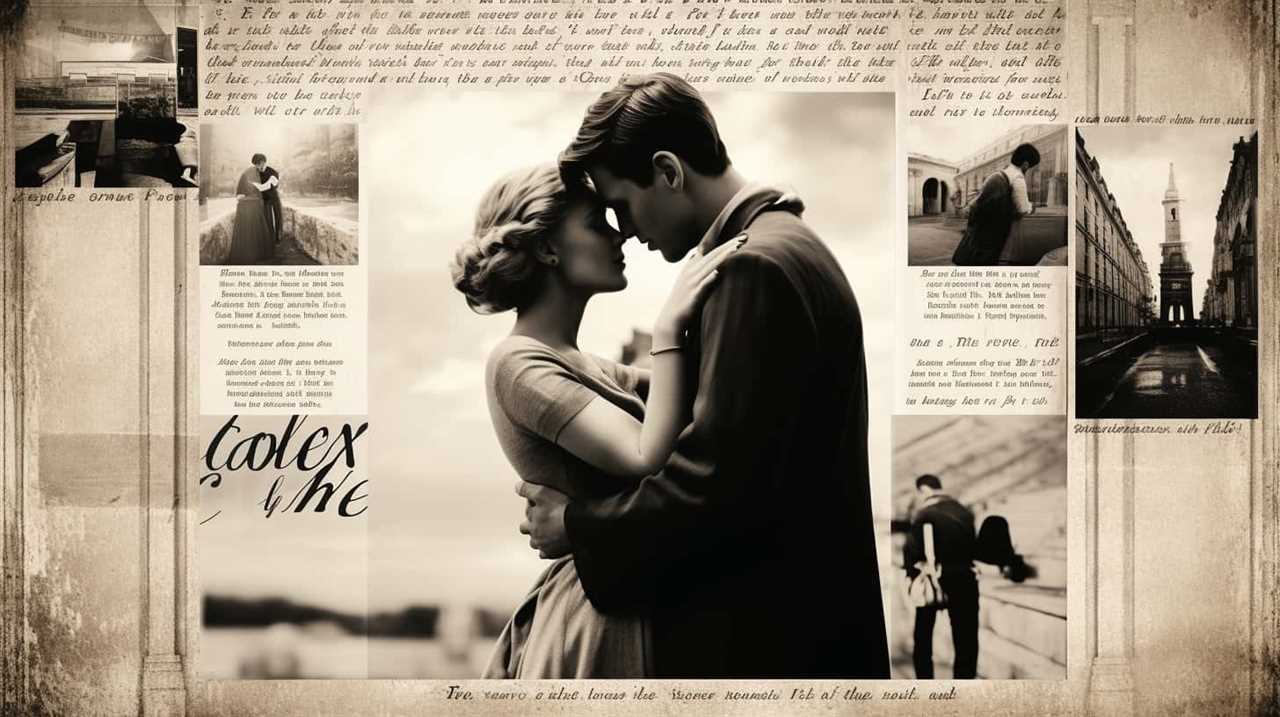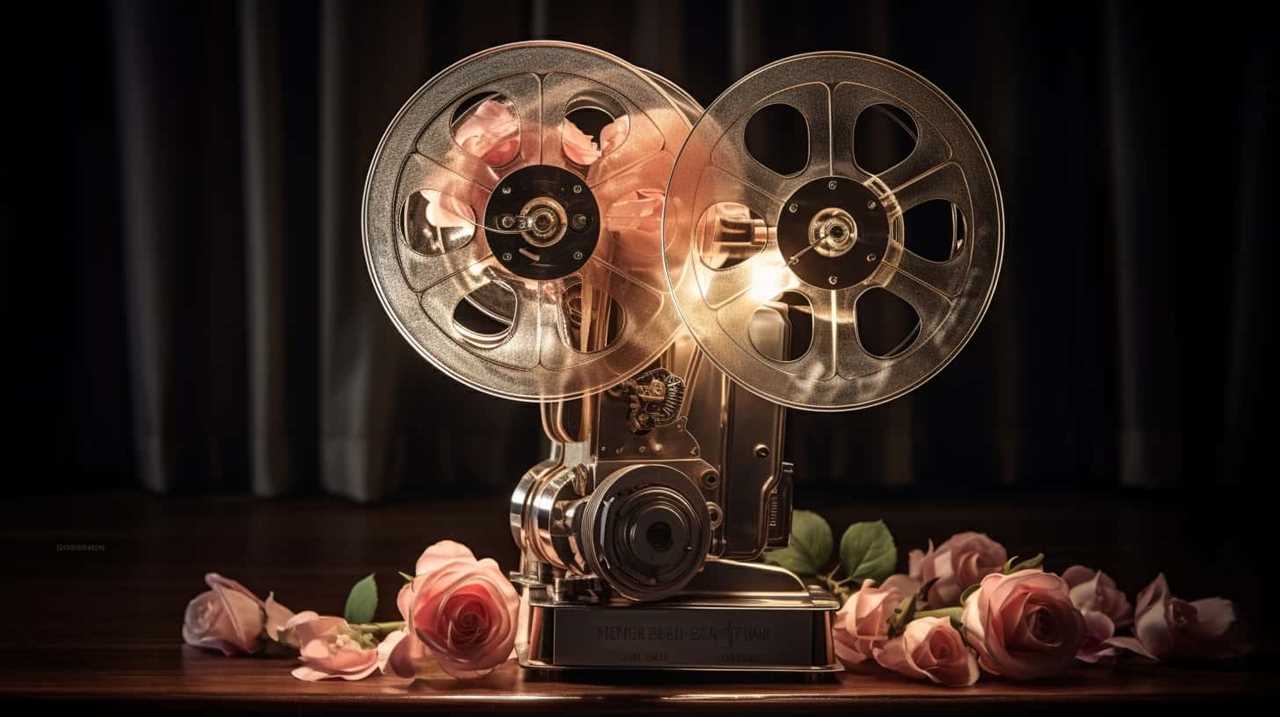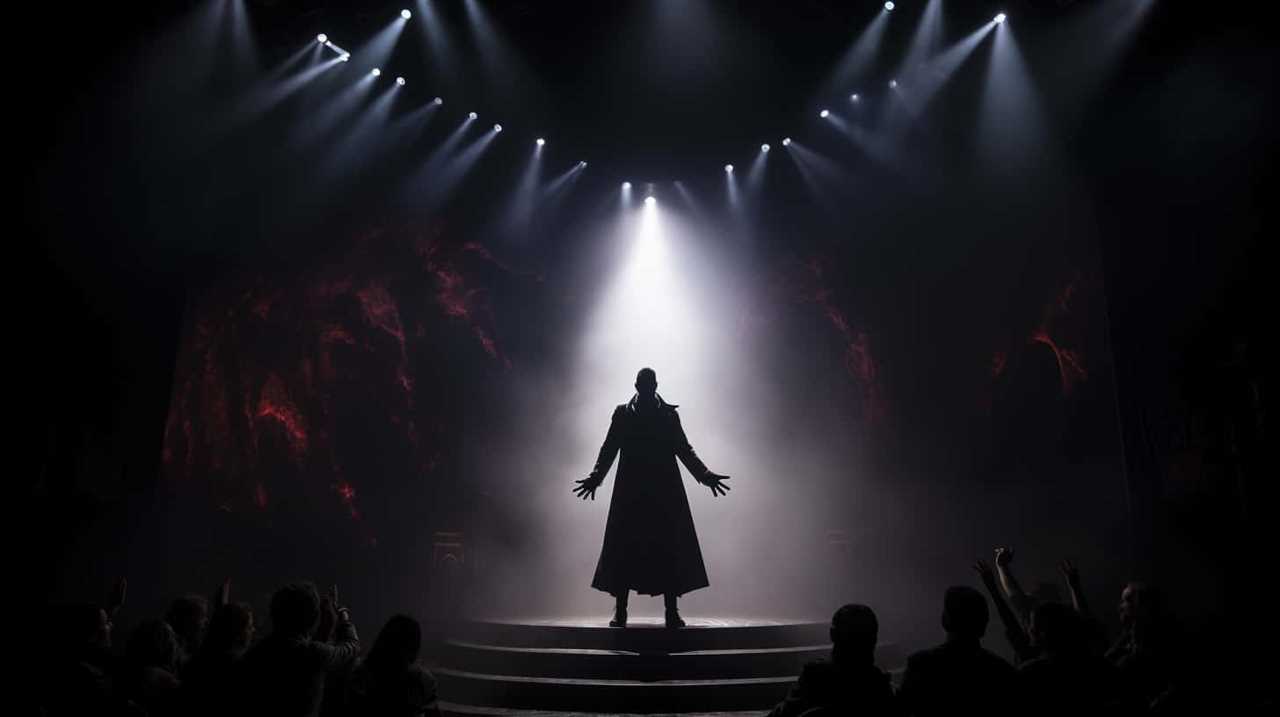Have you ever considered what makes a villain’s monologue truly legendary? We suggest that crafting a compelling and powerful monologue for a villain is an art form that holds the potential for greatness.
Yes, it’s true! By harnessing the power of words, we can create monologues that captivate and inspire, leaving a lasting impression on both the audience and the story itself.
In this guide, we will share 11 tips to help you master the art of crafting iconic villain monologues. From developing a distinctive voice to incorporating psychological manipulation, each tip will empower you to create monologues that will strike fear, awe, and admiration in the hearts of your audience.
So, let’s dive in and unleash the power of the villainous monologue!

Key Takeaways
- The power of intimidation is crucial in crafting an iconic villain persona, as it helps to establish the villain as a formidable and fearsome character.
- Developing a memorable opening line for the villain’s monologue can set the tone and captivate the audience from the start, making the scene more impactful.
- Creating a distinctive voice for the villain, including unique vocal mannerisms and memorable catchphrases, can make the character more memorable and recognizable.
- Incorporating psychological manipulation, dramatic pause, and timing in villain monologues can enhance the tension, suspense, and impact of the scene, making it more compelling for the audience.
The Power of Intimidation
Our ability to instill fear and assert dominance is key to our effectiveness as iconic villains. Body language and posture play a crucial role in projecting an intimidating presence. A villain with a hunched back and shifty eyes may appear weak and unreliable, while one with a straight posture and a piercing gaze exudes power and control.
Utilizing props effectively can also enhance our intimidation factor. A villain brandishing a menacing weapon or wearing a sinister mask sends a clear message to our adversaries: we mean business. These props not only serve as visual cues, but also provide a physical reminder of our authority and ruthlessness.
Crafting a Memorable Opening Line
To make a powerful impact from the start, we villains must craft a memorable opening line that immediately grabs the attention of our audience. It’s the gateway to developing a captivating persona and setting the tone for the impending chaos that will ensue.
The key to crafting a chilling delivery lies in the art of suspense and surprise. We must seize the moment, capturing their curiosity with a line that drips with malevolence and intrigue. A carefully chosen combination of words that sends shivers down their spines and plants the seed of fear in their hearts.
It’s in this moment that we hold their undivided attention, allowing us to manipulate their emotions and control the narrative.
Developing a Distinctive Voice
When it comes to crafting a truly iconic villain, developing a distinctive voice is paramount. It’s the voice that sets the villain apart from the rest, leaving a lasting impression on audiences. To achieve this, one must focus on unique vocal mannerisms, such as a gravelly tone or a sinister whisper, that instantly grab attention.
Additionally, the use of memorable catchphrases can further solidify the villain’s presence in the minds of viewers. Finally, expressing sinister intentions through carefully chosen words and delivery can create a sense of unease and anticipation.
Developing a distinctive voice is the key to creating a villain that will be remembered long after the story ends.

Unique Vocal Mannerisms
Developing a distinctive voice for a villain involves incorporating unique vocal mannerisms that captivate the audience’s attention and create a memorable character. When crafting a villain’s vocal mannerisms, it’s important to consider their unique physical characteristics, as well as their vocal tone and pitch. Here are five ideas to help you create a villain with a truly unforgettable voice:
- Speech pattern: Develop a distinct speech pattern, such as elongating certain words or adding pauses for dramatic effect.
- Accent or dialect: Give your villain a distinct accent or dialect that sets them apart from other characters.
- Cadence and rhythm: Experiment with the pacing and rhythm of their speech to create a hypnotic and captivating effect.
- Vocal quirks: Incorporate unique vocal quirks, like a raspy voice, a sinister whisper, or a chilling laugh, to make your villain’s voice instantly recognizable.
- Vocal inflections: Use intentional changes in pitch, volume, and emphasis to convey different emotions and add depth to your villain’s voice.
By incorporating these unique vocal mannerisms into your villain’s dialogue, you can create a truly memorable and captivating character.
Now, let’s explore how to pair these distinctive voices with unforgettable catchphrases.
Memorable Catchphrases
Crafting villain monologues requires the creation of memorable catchphrases that complement the distinctive voice of the character. Catchphrase creativity is essential in developing a villain’s iconic status. By crafting a catchphrase that’s unique to the character, it not only adds depth to their persona but also enhances their intimidation factor.
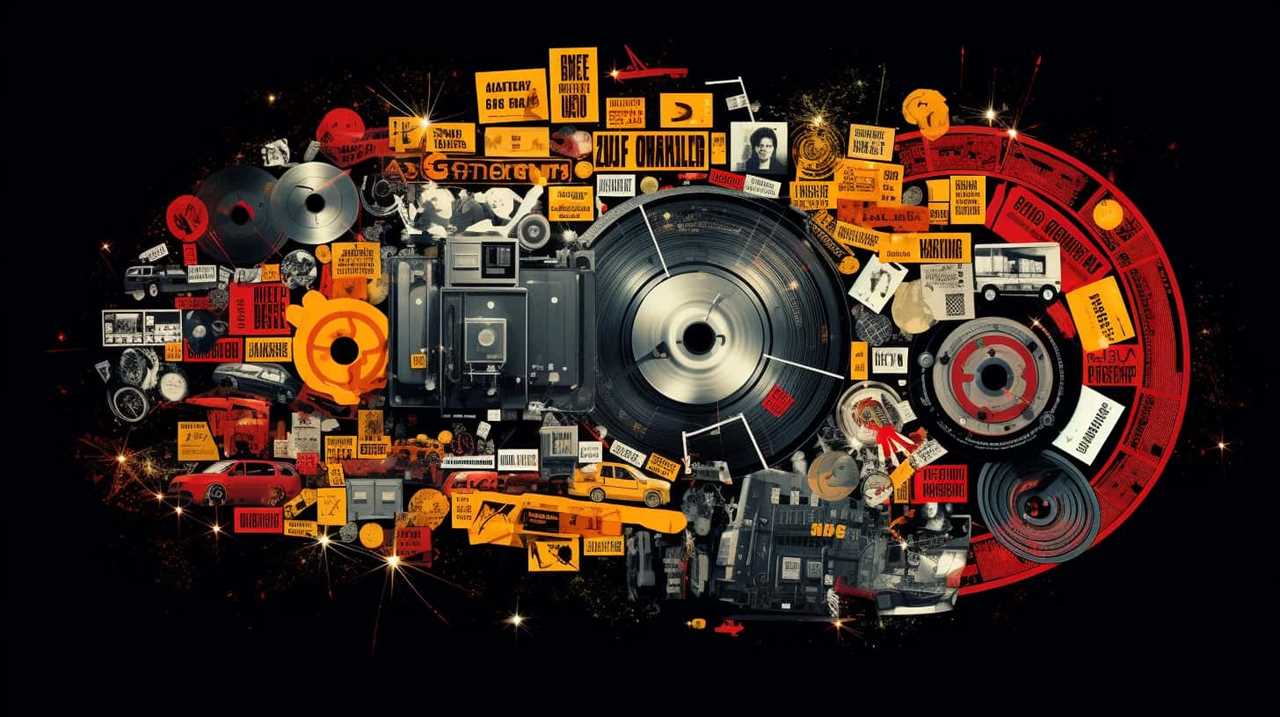
A memorable catchphrase can become synonymous with the villain, making it instantly recognizable to audiences. The impact of repetition can’t be underestimated either. Repeating a catchphrase throughout a monologue not only reinforces the villain’s message but also leaves a lasting impression on the audience. It becomes ingrained in their minds, cementing the villain’s presence in popular culture.
Expressing Sinister Intentions
To express sinister intentions and develop a distinctive voice for our villains, it’s crucial that we delve into the depths of their malevolence. In order to truly captivate our audience with the chilling delivery of our villainous monologues, we must employ manipulative tactics that leave them trembling in fear. Here are five key strategies to accomplish this:
- Masterful Pacing: Manipulate the rhythm and tempo of your speech to keep your listeners on the edge of their seats.
- Intricate Wordplay: Use clever word choices and metaphors to convey your sinister intentions in a way that’s both captivating and thought-provoking.
- Powerful Gestures: Enhance your words with calculated gestures that emphasize your villain’s dominance and control.
- Haunting Eye Contact: Lock eyes with your audience, drawing them into your malevolent world and making them feel like they’re under your spell.
- Silence as Weapon: Embrace the power of silence, strategically pausing to let your words sink in and create an eerie atmosphere.
Creating a Compelling Backstory
Let’s explore the power of a compelling backstory in shaping an iconic villain.
Childhood trauma has the potential to deeply influence a character’s development, fueling their motivation and shaping their actions.

Childhood Trauma’s Influence
How does childhood trauma shape the creation of a compelling backstory for iconic villains?
Childhood trauma has profound and lasting effects on individuals, shaping their beliefs, behaviors, and motivations. When crafting a compelling backstory for iconic villains, exploring the impact of childhood trauma can provide valuable insights into their character development.
Here are some key ways in which childhood trauma influences the creation of a villain’s backstory:
- Long term effects: Childhood trauma can leave deep scars that continue to affect villains throughout their lives, fueling their actions and motivations.
- Coping mechanisms: Villains may develop unhealthy coping mechanisms as a result of their traumatic experiences, leading them down a dark path of revenge, power, or control.
- Emotional triggers: Triggers from their childhood trauma can elicit intense emotional responses in villains, driving them to commit heinous acts as a way to regain a sense of control or release their inner pain.
- Distorted beliefs: Trauma can distort villains’ perceptions of the world, causing them to adopt twisted ideologies or seek validation through destructive means.
- Loss of empathy: Childhood trauma can erode villains’ capacity for empathy, making them more willing to inflict pain and suffering on others.
Understanding the lasting impact of childhood trauma on villains can provide insight into their motivations and help create a more compelling and nuanced backstory. Transitioning into the subsequent section about ‘motivation and past,’ it’s essential to delve deeper into how these childhood experiences shape the driving force behind a villain’s actions.
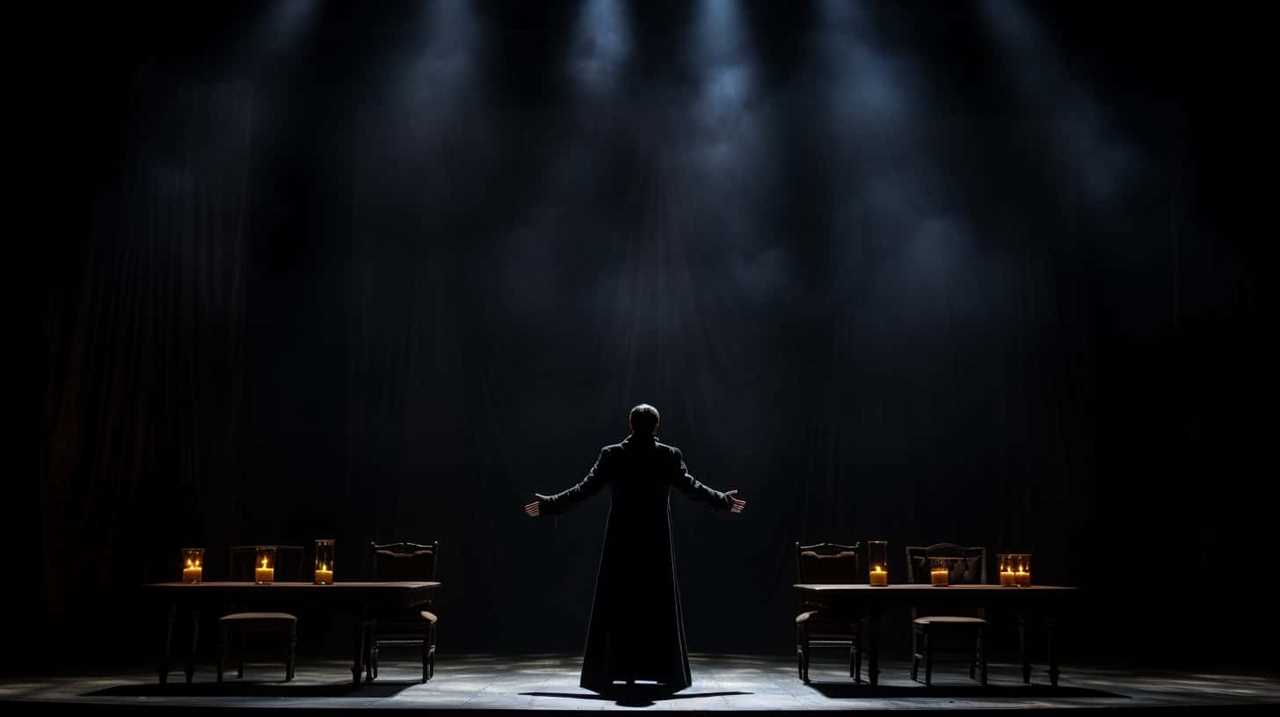
Motivation and Past?
Building upon the profound impact of childhood trauma, exploring the motivation and past of iconic villains provides a deeper understanding of their character development. The past influences and experiences that shaped them become the driving force behind their actions and decisions. By delving into their backstory, we uncover the roots of their darkness, the pivotal moments that pushed them towards villainy.
Understanding a villain’s motivation humanizes them, making them more relatable and multidimensional. It allows us to see that they aren’t just evil for the sake of being evil, but rather, they’re products of their circumstances. Their past influences their present choices, and by exploring this connection, we gain insight into their twisted logic and warped sense of justice.
By delving into their backstory, we can also identify the factors that led them down the path of villainy. Whether it was a traumatic event, a series of betrayals, or a longing for power, their past experiences become the driving force behind their sinister actions.
As we unravel their past and motivations, we set the stage for the next phase of crafting an iconic villain monologue: incorporating psychological manipulation.
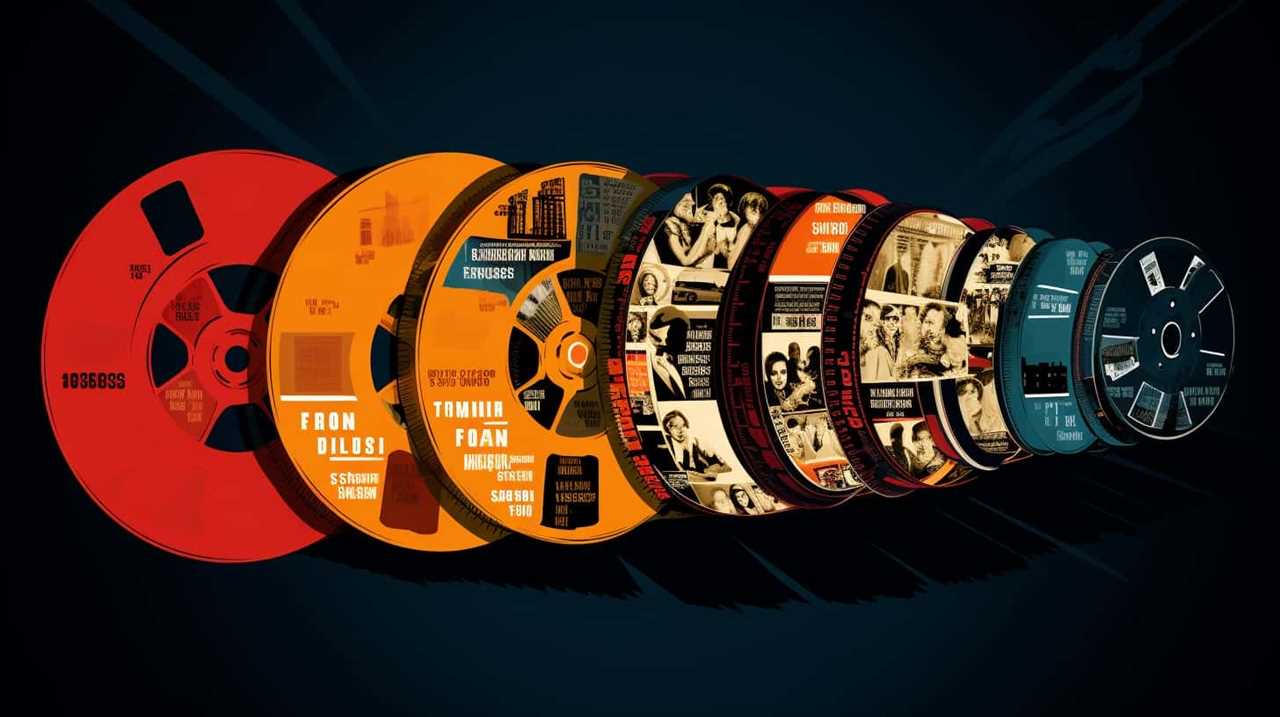
Incorporating Psychological Manipulation
We employ psychological manipulation to assert dominance and control over our targets, ensuring the success of our villainous schemes. To master the art of psychological manipulation, we must employ various manipulative tactics and psychological manipulation techniques. Here are five essential techniques to incorporate into our villainous monologues:
- Gaslighting: Distorting our victim’s perception of reality by making them doubt their own sanity.
- Emotional blackmail: Exploiting our victim’s emotions and vulnerabilities to coerce them into submission.
- Isolation: Cutting off our victim from their support systems, leaving them vulnerable and dependent on us.
- Manipulative language: Using persuasive and manipulative language to influence our victim’s thoughts and actions.
- Mind games: Playing with our victim’s emotions and manipulating their beliefs and perceptions.
Utilizing Dramatic Pause and Timing
To enhance the impact of our villainous monologues, incorporating strategic pauses and precise timing is crucial. The importance of body language can’t be overstated. A well-timed pause can create suspense and anticipation, leaving the audience hanging on every word. It allows the villain to hold their power and control the room.
As the silence stretches, the tension builds, and the audience becomes captivated by the villain’s every move. Furthermore, using vocal inflection effectively adds depth and emotion to the monologue. A sudden shift in tone or volume can convey anger, sadness, or even a sinister delight. It keeps the audience engaged and on the edge of their seats, eagerly awaiting what the villain will say next.
Mastering the art of dramatic pause and timing is the key to creating a truly memorable and impactful villainous monologue.

Balancing Emotion and Rationality
In striking a balance between emotion and rationality, our aim is to create a multifaceted villain whose actions are driven by a complex interplay of feelings and logical reasoning. When crafting the villain’s monologue, it’s crucial to incorporate both the manipulative tactics they employ and their emotional vulnerability.
Here are five key points to consider:
- Manipulative Tactics: The villain should possess cunning and the ability to manipulate others to further their goals.
- Emotional Vulnerability: Show moments when the villain’s emotions are exposed, revealing their human side and making them more relatable.
- Inner Conflict: Highlight the internal struggle between their emotional desires and the rational choices they make.
- Motivation: Explore the underlying reasons behind their actions, delving into their past experiences and traumas.
- Character Development: Allow the audience to witness the gradual evolution of the villain’s emotional and rational aspects, adding depth and complexity.
Building Tension and Suspense
As we delve into the art of crafting iconic villain monologues, it’s crucial to understand the importance of building tension and suspense.
To achieve this, foreshadowing and ambiguity play a pivotal role. By dropping subtle hints and leaving room for interpretation, we keep the audience on the edge of their seats, eagerly anticipating what comes next.
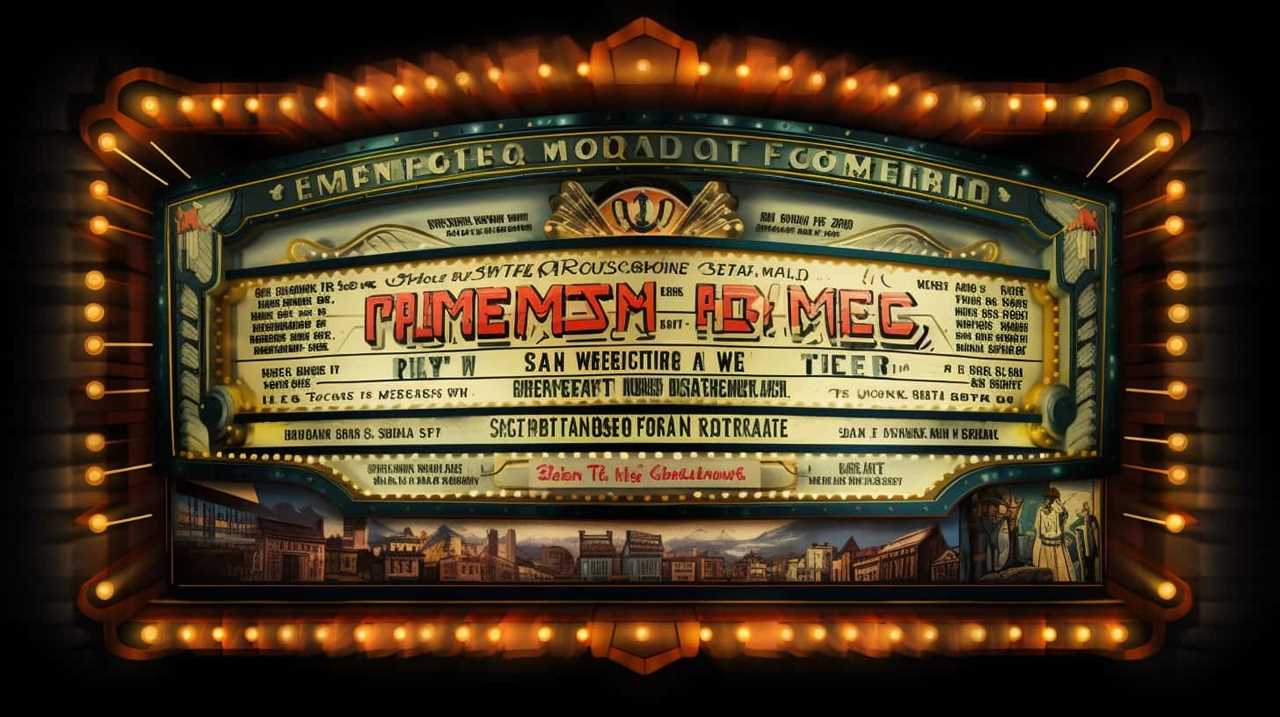
Additionally, psychological mind games can heighten the tension, as the villain manipulates the hero’s emotions and challenges their sanity.
Foreshadowing and Ambiguity
Our best approach to building tension and suspense in villain monologues is through the use of carefully placed foreshadowing and ambiguity. By employing the art of subtlety and suggestion, we can keep the audience on the edge of their seats, eagerly awaiting the unfolding of events.
Here are some key techniques to achieve this:
- Foreshadowing: Drop hints and clues throughout the monologue that subtly allude to future events, creating anticipation and intrigue.
- Misdirection: Lead the audience down one path, only to surprise them with an unexpected twist or revelation, keeping them guessing and engaged.
- Ambiguity: Leave certain details open to interpretation, allowing the audience to form their own theories and adding an air of mystery.
- Symbolism: Incorporate symbolic elements that foreshadow or represent deeper meanings, adding layers of complexity to the monologue.
- Unresolved Questions: Pose unanswered questions that linger in the audience’s minds, leaving them hungry for answers and eager to continue the story.
Psychological Mind Games
We engage the audience’s emotions and heighten suspense by playing intricate psychological mind games in our villain monologues. Manipulative tactics and mind control are our weapons of choice as we toy with the minds of our unsuspecting victims.
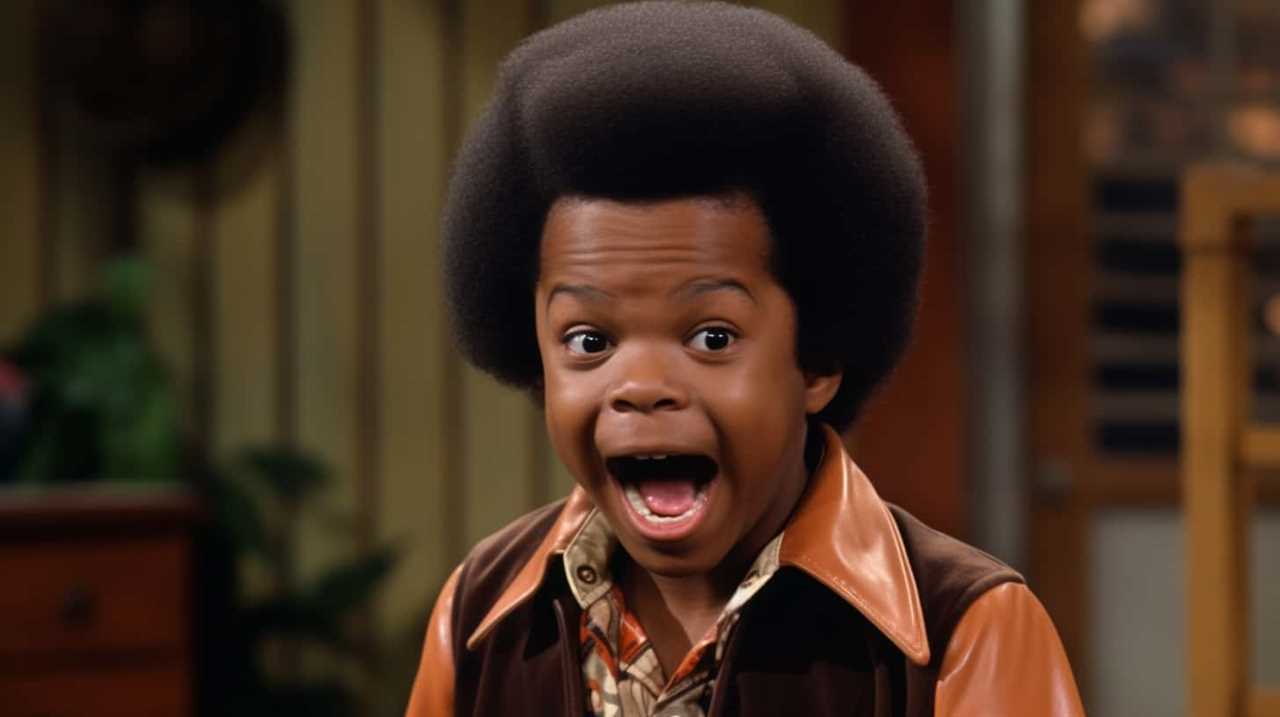
We carefully craft our words, manipulating their thoughts and emotions to suit our sinister agenda. Through subtle suggestions and carefully planted seeds of doubt, we create a sense of unease and uncertainty. We exploit their fears and vulnerabilities, using psychological manipulation to gain control over their thoughts and actions.
The tension builds as they’re trapped in a web of our making, unable to escape our clutches. With each word spoken, we tighten our grip, leaving them questioning their own sanity. It’s in these moments that we truly revel, relishing in our ability to control and destroy.
Strategic Plot Reveals
In our quest to create iconic villain monologues, we strategically unveil plot twists, building tension and suspense. The strategic use of plot reveals is essential in captivating our audience, keeping them on the edge of their seats, and leaving them craving for more. Here are five ways to effectively incorporate plot twists and unexpected revelations into our monologues:
- Foreshadowing: Drop subtle hints and clues throughout the story that hint at an upcoming plot twist, creating a sense of anticipation and intrigue.
- Misdirection: Lead the audience down one path, only to reveal a shocking truth that completely changes the direction of the story.
- Unreliable Narrator: Introduce a character whose perspective may not be entirely trustworthy, allowing for unexpected revelations to emerge.
- Flashbacks: Use flashbacks to provide glimpses into the past, slowly revealing crucial information that alters the audience’s understanding of the present.
- Double-Bluff: Present an expected plot twist, only to later reveal that it was a ruse, leaving the audience stunned by the true revelation.
Using Symbolism and Metaphor
Symbolism and metaphor add depth and complexity to villain monologues, enhancing their impact on the audience. Through the use of symbolic imagery and metaphorical language, villains can convey their intentions and beliefs in a captivating and thought-provoking manner.
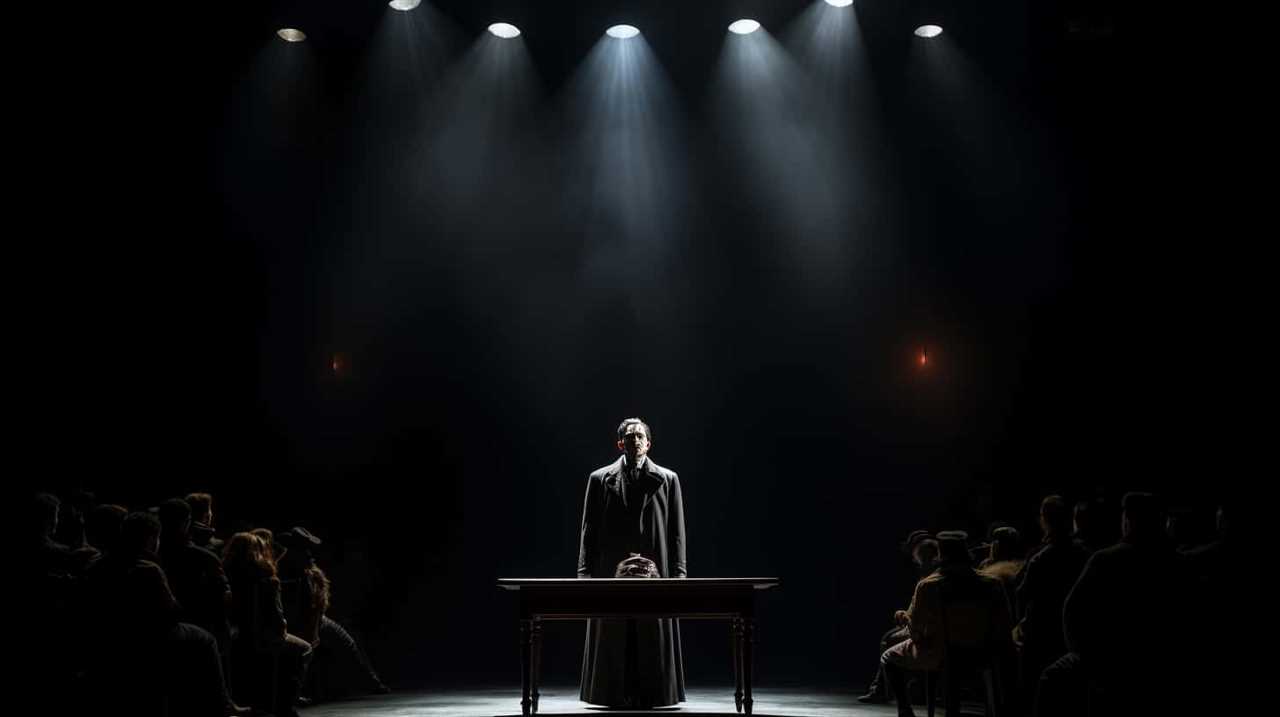
These literary devices allow villains to tap into the collective unconscious, evoking powerful emotions and creating a lasting impression on the audience. Symbolic imagery can take the form of objects, colors, or even actions that represent deeper meanings and themes. Metaphorical language, on the other hand, allows villains to draw parallels between unrelated concepts, shedding light on their twisted perspectives and motivations.
Emphasizing the Villain’s Motivation
By delving into the inner workings of the villain’s mind, we can gain a deeper understanding of their motivations and the driving forces behind their nefarious actions.
- Exploring Inner Conflicts: Uncovering the internal struggles that plague the villain allows us to humanize their character and reveal the complex web of emotions that drive their actions.
- Dissecting Moral Ambiguity: Examining the blurred lines between right and wrong in the villain’s moral compass sheds light on their twisted logic and justifications for their malevolent deeds.
- Unveiling Personal Trauma: Revealing the villain’s past traumas and experiences helps us comprehend the origin of their darkness and the pain that fuels their villainy.
- Examining External Influences: Analyzing the external factors that shape the villain’s worldview, such as societal pressures or personal relationships, offers insight into their motives and the context in which they operate.
- Highlighting Psychological Motivations: Unraveling the psychological motivations behind the villain’s actions, such as power hunger or a desire for revenge, unveils the intricate layers of their character.
Leaving a Lasting Impression
Crafting iconic villain monologues allows us to captivate the audience and leave a lasting impression through our powerful delivery and thought-provoking words.
To establish a menacing presence, we must command attention from the moment we step onto the stage. We can achieve this by using our body language, tone of voice, and facial expressions to exude an aura of malevolence.
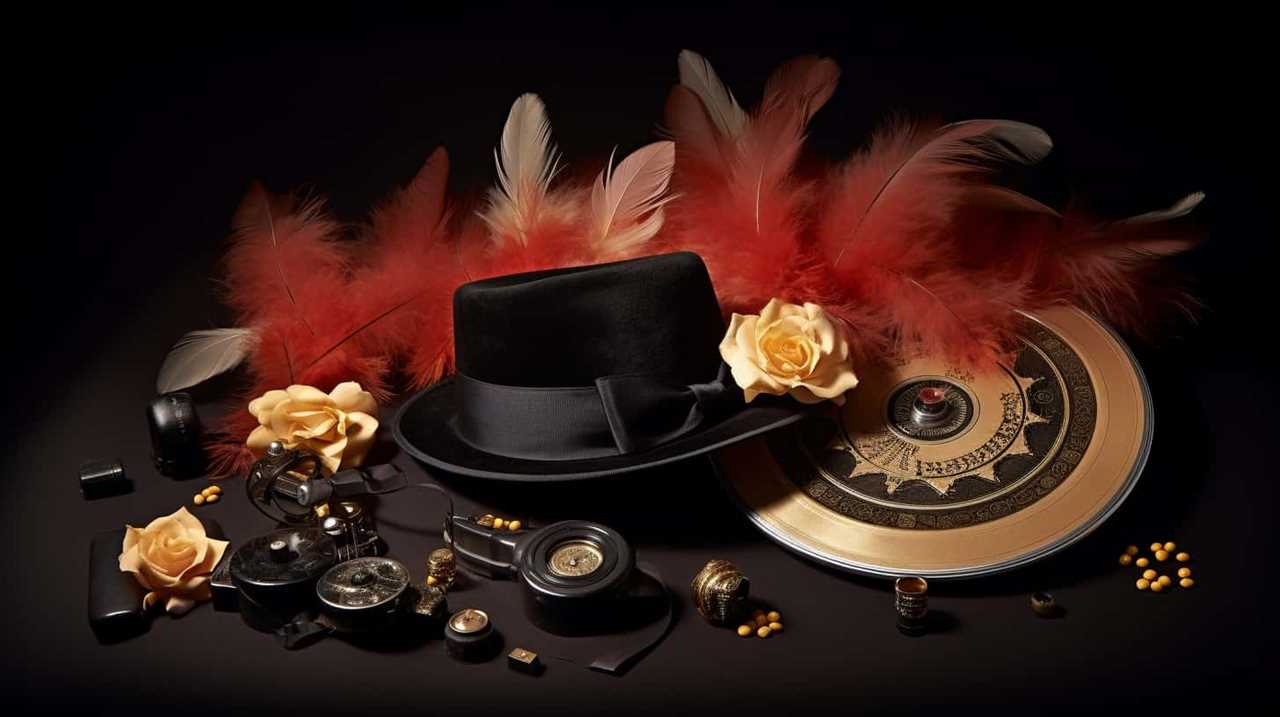
As we speak, we must carefully choose our words to craft memorable dialogue that lingers in the minds of our listeners. Our goal is to evoke emotions, provoke thoughts, and challenge societal norms.
Frequently Asked Questions
How Can I Effectively Use Body Language and Facial Expressions to Enhance My Villain’s Monologue?
Using body language and facial expressions effectively in a villain’s monologue is key to conveying emotions through physicality. It adds depth and complexity, creating a powerful and memorable presence on stage, captivating the audience with nonverbal cues.
What Are Some Examples of Iconic Villain Monologues From Popular Movies or Literature?
Some memorable villain monologues from classic literature include Macbeth’s soliloquies in Shakespeare’s play and Captain Ahab’s speeches in Moby-Dick. In recent blockbuster movies, we’ve seen impactful villain speeches like Thanos’ in Avengers: Infinity War.
Are There Any Specific Techniques or Strategies to Make the Villain’s Monologue More Relatable to the Audience?
Connecting emotions and creating empathy in a villain’s monologue can be achieved through strategic storytelling, revealing their motivations, and showcasing moments of vulnerability. This allows the audience to understand their perspective and adds depth to the character.

How Can I Ensure That My Villain’s Monologue Doesn’t Come Across as Cliché or Predictable?
To ensure our villain’s monologue avoids clichés and predictability, we focus on creating unique perspectives and avoiding stereotypical phrases. By doing so, we captivate the audience with our creative, engaging, and insightful approach, liberating them from expectations.
Are There Any Tips for Incorporating Humor or Wit Into a Villain’s Monologue Without Diminishing Their Intimidation Factor?
Balancing humor and intimidation in a villain’s monologue requires mastering the art of crafting witty and intimidating dialogue. It’s about finding the perfect blend, where humor enhances the villain’s menace, leaving the audience both entertained and intimidated.
How Can I Incorporate Iconic Catchphrases into Villain Monologues?
Villains can add flair to their monologues by using top iconic action movie catchphrases. For example, a villain might deliver a menacing threat with “Hasta la vista, baby” or boast about their superiority with “I’ll be back.” Incorporating these catchphrases can elevate a villain’s dialogue to unforgettable and iconic levels.
Conclusion
Crafting iconic villain monologues is an art that requires a delicate balance of intimidation, distinctiveness, and psychological manipulation. By incorporating symbolism, metaphors, and a compelling backstory, these monologues can leave a lasting impression on audiences.
The power lies in the villain’s motivation, their ability to build tension and suspense, and their memorable opening lines. With these 11 tips, writers can create monologues that captivate and engage, ensuring that their villains become truly iconic in the realm of storytelling.
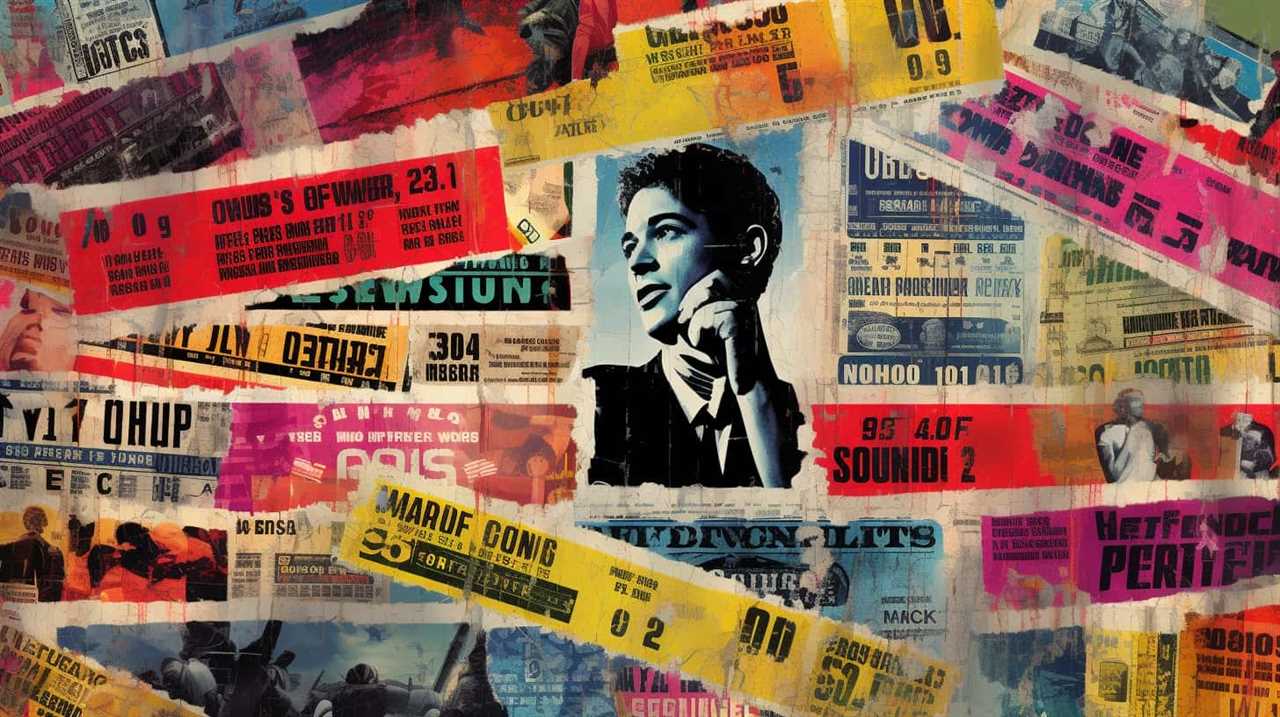
Lauren’s talent in writing is matched by her passion for storytelling. Her love for books and deep understanding of culture and entertainment add a distinct flavor to her work. As our media and press contact, Lauren skillfully bridges the gap between afterQuotes and the broader media landscape, bringing our message to a wider audience.
